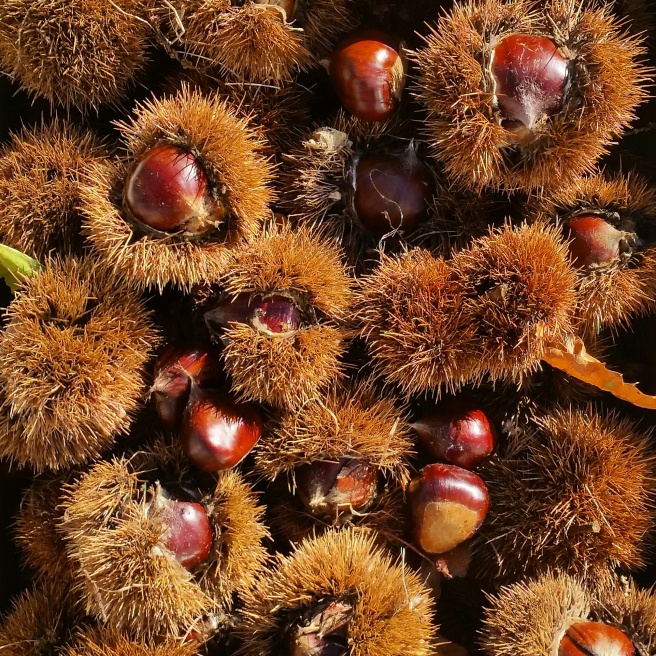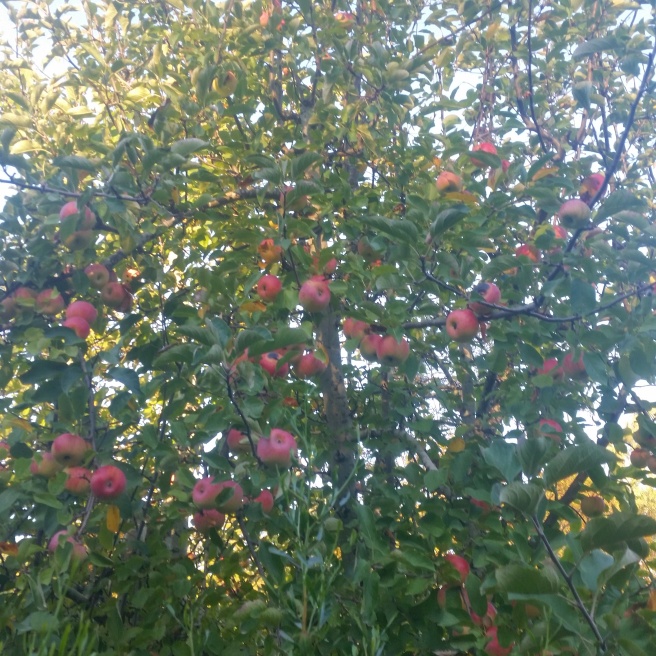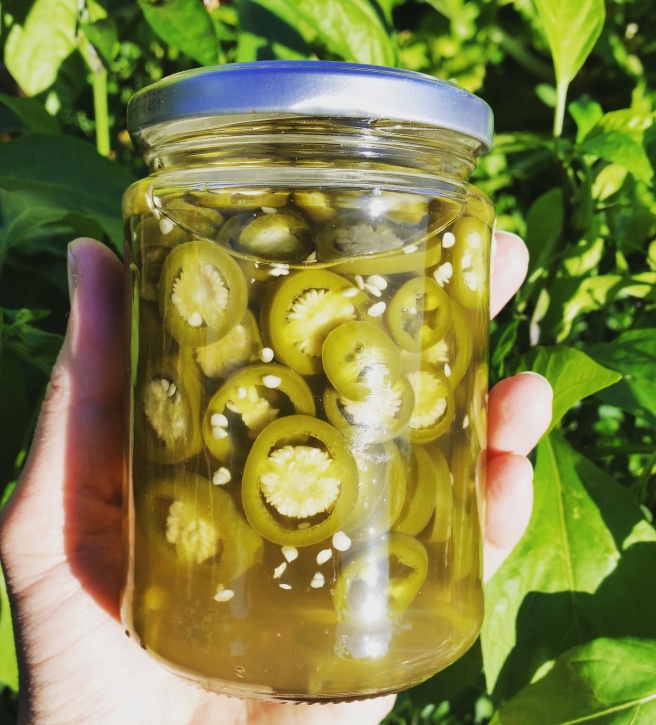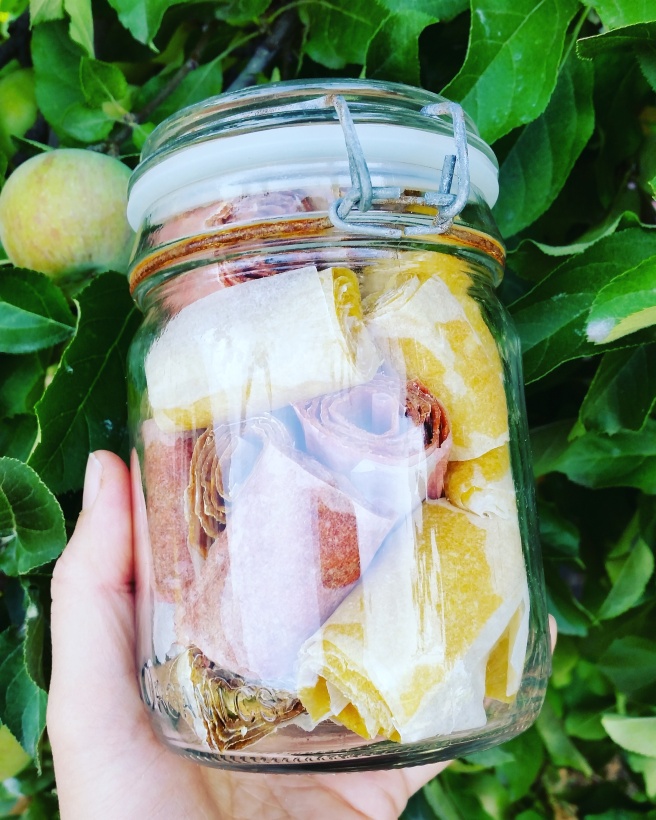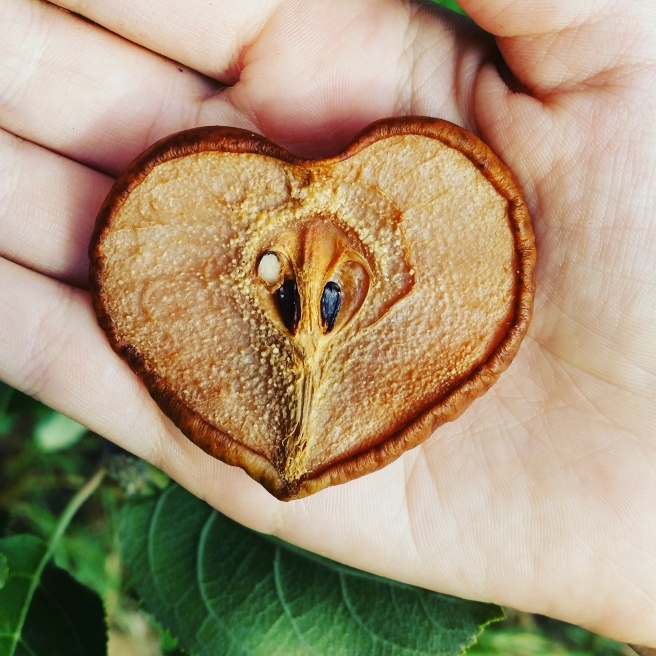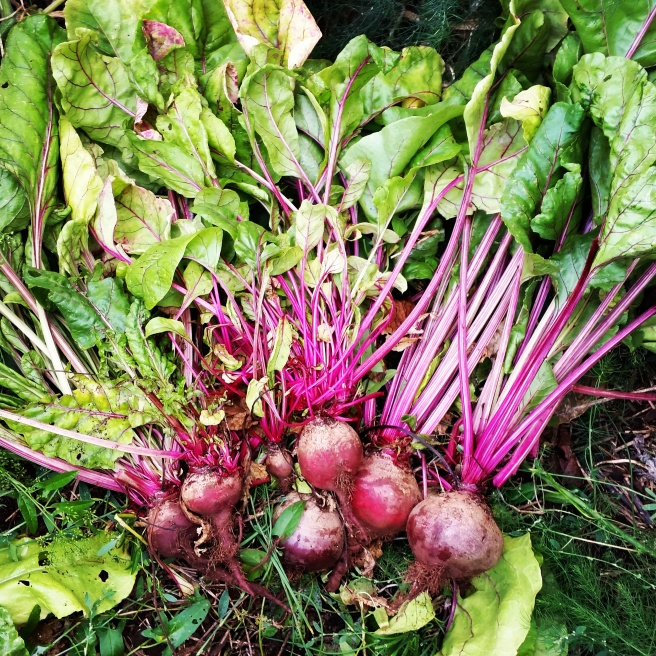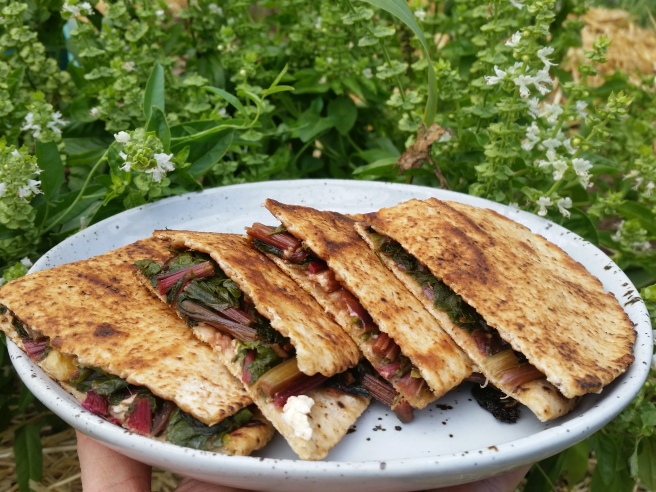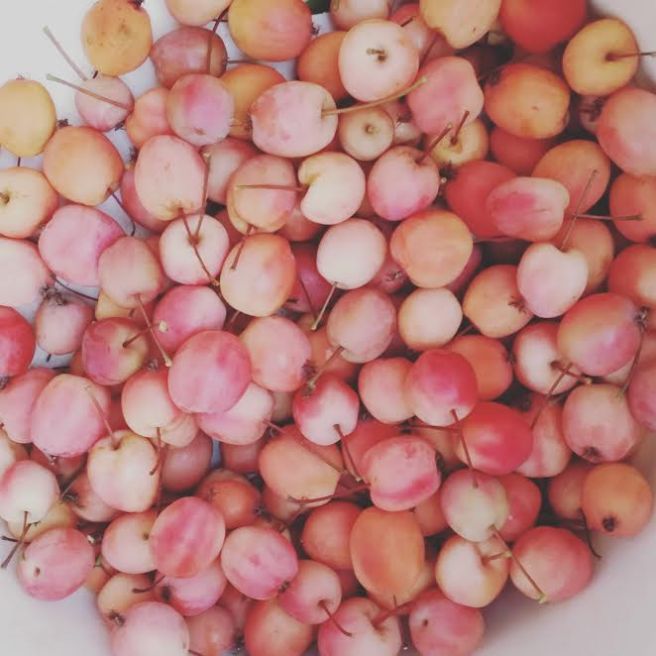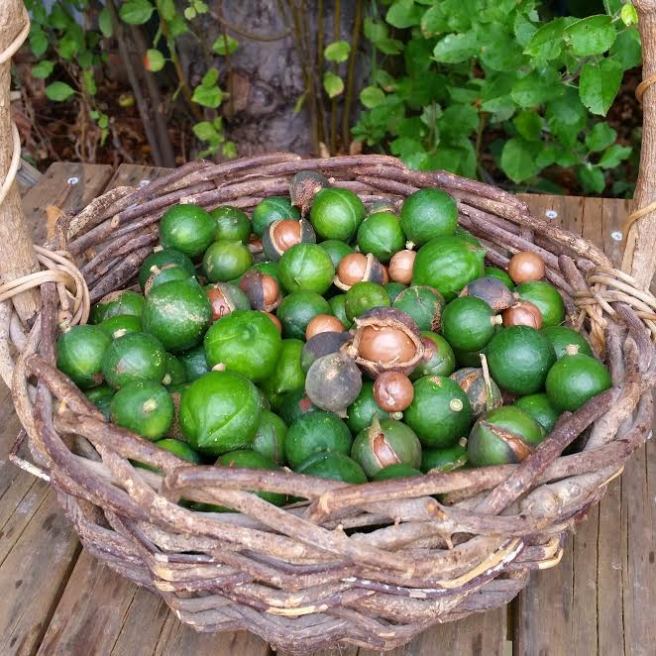
Mushroom season has started a little late this year. There were some around in early May but I’ve been waiting for the cooler days and the rains to come for them to really start cranking. The Lactarius deliciosus, also known as Pine mushrooms or Saffron Milk Caps are a plentiful mushroom that very easy to find at this time of year. I like to pick them very young when they haven’t been eaten by any other critters. As the Latin name gives it away, they’re delicious. These ones will be cooked up using the following recipe using wonderful South Australian produce. It’s also pretty exceptional when eaten with lovingly made homemade pasta.
8 garlic cloves, finely grated
2 red onion, finely sliced
1 tablespoon Murray river salt
750 grams pine mushrooms, sliced
125 grams b.d farm butter, diced
1/2 cup extra virgin olive oil
cracked pepper to taste
1/2 cup Adelaide Hills white wine
1/2 cup flat parsley, chopped
500 grams cooked pappardelle L’Abruzzese pasta
Preheat a pan to a high heat. Add garlic, onion, salt, pepper. Top with mushrooms then finally add cubes of butter and pour the oil. Cover with a lid and cook on high heat for 5 minutes without stirring. Uncover then add the wine and stir to combine. Reduce the heat and simmer for 5 minutes. The mushrooms should still be firm but cooked through.
When ready add parsley and stir through cooked pappardelle pasta to serve.
